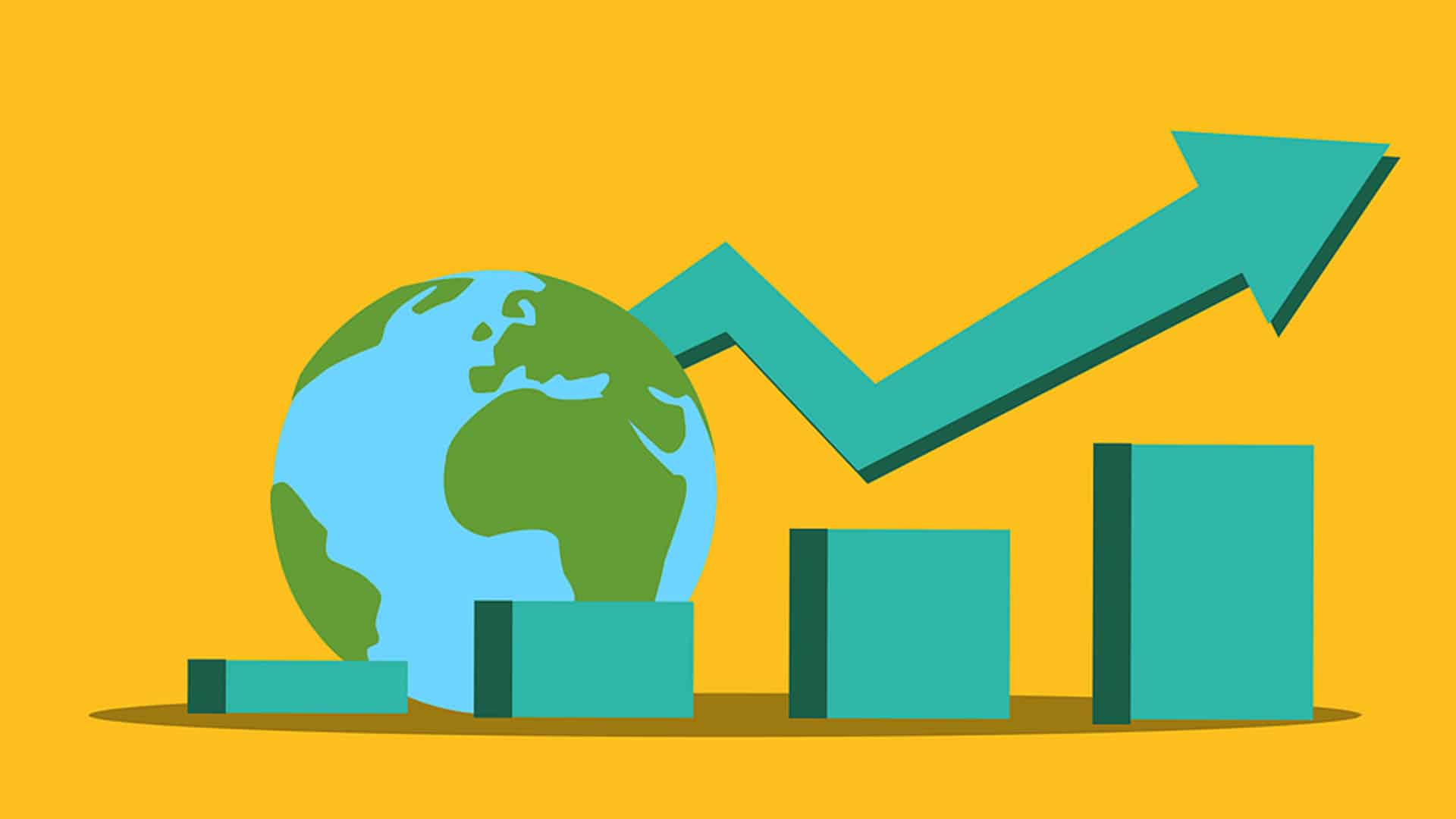Economy
Ongoing economic recovery will take India above pre-pandemic levels in most sectors: Jayanth Varma
Eminent economist Jayanth R Varma on Thursday said the ongoing economic recovery will quickly take India above the pre-pandemic levels in most sectors of the economy, adding that the improved health of the Indian financial sector is also a positive factor for economic growth. Varma, who is also a member of the Monetary Policy Committee (MPC) of the Reserve Bank, in an interview to PTI said high and persistent inflation is a major constraint on monetary policy.
“I am quite positive about the ongoing economic recovery which will, I think, quickly take us above the pre-pandemic levels in most sectors of the economy except contact-intensive services,” he said. Varma added that beyond that point, the challenge is to reverse the slowdown that began around 2018, and achieve sustained robust growth. “Sustained growth in my view depends mainly on a revival of capital investment by the business sector and I am hopeful about that as well,” he said, adding that the improved health of the Indian financial sector is also a positive factor for economic growth.
Also read: Humane raises USD 100 mn in Tiger Global-led Series B round
The Indian economy grew by a record 20.1 per cent in the April-June quarter, helped by a very weak base of last year and a sharp rebound in the manufacturing and services sectors in spite of a devastating second wave of COVID-19. India is now on track to achieving the world’s fastest growth this year. On the prices front, he said that inflation was above 6 per cent in 2020-21, is likely to be above 5.5 per cent in 2021-22, and is projected to be above 5 per cent even in the first quarter of 2022-23.
“Elevated inflation for such a long period creates the risk that households and businesses will start expecting high inflation in future as well. Such an entrenchment of inflation expectations makes the task of monetary policy more difficult,” Varma noted. According to him, it is usually much easier to nip high inflationary expectations in the bud than it is to change these expectations after they have become entrenched. “One key factor that dampens inflation expectations is the credibility of the central bank. To maintain this credibility, the Monetary Policy Committee has to respond decisively to inflationary pressures as they begin to take root in the economy,” he opined.
Asked when private investment will pick up in India, Varma said capital investment will pick up when capacity utilization rises to a significantly higher level than what is observed at present. On the positive side, he noted that capacity utilisation is gradually improving in many industries. “Recovery in domestic demand will be one factor driving an increase in capacity utilisation,” Varma said, adding that another factor will be robust global growth that provides a market for Indian export.
Noting that capital flows are a function of relative growth prospects and relative interest rates, he said if the global economy recovers and Indian economic growth also rebounds, the outflows would be muted. “Similarly, whether rising interest rates in the United States lead to outflows depends on the trajectory of Indian interest rates as well,” he said. Above all, Varma said large domestic pools of savings and capital can help offset any capital outflows. “Large foreign currency reserves also provide a modest degree of protection,” he said.
On the disconnect between the real economy and the stock market, Varma said the stock market is forward looking and is more interested in future growth prospects than in the current level of growth. “An expectation of a quick growth rebound after the second wave is clearly one factor driving the boom,” he said. Second, abundant liquidity (both domestic and global) also leads to a rise in the prices of stocks, real estate and other assets, the eminent economist said, adding that this is the phenomenon of asset price inflation that is a matter of concern to all central banks while deciding on monetary policy.
According to Varma, the emergence of new sunrise industries mainly in the technology and related sectors that have not been impacted by the slowdown in the rest of the economy. “This is visible in the high valuation accorded to several Indian startups this year. Finally, of course, many observers worry that some of the boom is driven by irrational investors,” he said. The Reserve Bank of India (RBI) has lowered the country’s growth projection for the current financial year to 9.5 per cent from 10.5 per cent estimated earlier, while the World Bank has projected India’s economy to grow at 8.3 per cent in 2021.









































Pingback: Amazon plans to hire 8,000 direct workforce in India this year